Malaria is a disease caused by protozoan parasite called Plasmodium which is transmitted from person to person by the bite of an infected female Anopheles mosquito.
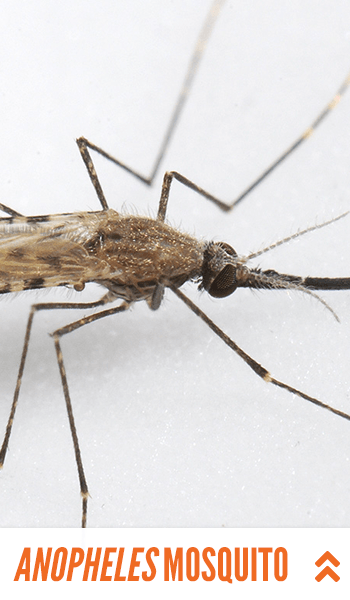
THE ANOPHELES MOSQUITO
Only adult, female Anopheles mosquitoes can transmit malaria to humans. These mosquitoes primarily bite at night between the hours of 9 PM and 5 AM. Our current work focuses on modifying two African mosquito species: Anopheles gambiae and Anopheles coluzzii. These two species account for the greatest number of malaria cases and deaths.

Plasmodium: The Malaria Parasite
There are more than 100 species of malaria parasites. The deadliest and most common in Africa is Plasmodium falciparum. After the parasite enters the human body by the bite of a mosquito, it infects the liver where it can give rise to as many as 10,000 progeny. Two weeks after entering the body, the parasite moves into the blood stream where it infects red blood cells. From here it can infect mosquitoes that feed on the blood of the infected person.
Inside the mosquito, P. falciparum will infect the gut and form a cyst. Each cyst will form thousands of sporozoites that migrate to the salivary gland where they can infect another human when the mosquito feeds a second time. Our modified mosquito has been designed to be resistant to P. falciparum by blocking both development in the gut, and migration to the salivary gland.
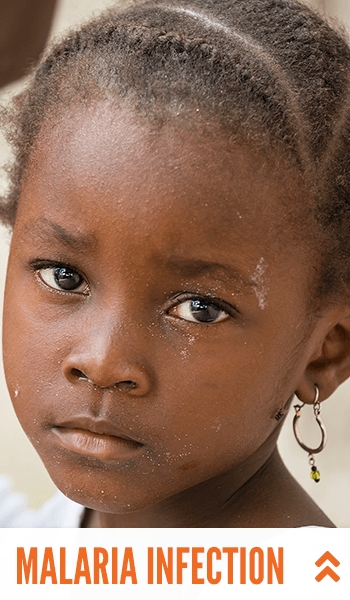
MALARIA INFECTION
Symptoms typically begin 10 days to 4 weeks after infection. They include fever, headache, body aches, nausea, and vomiting. Severe malaria infections can cause anemia, hypoglycemia, or cerebral malaria, which can cause coma, seizures, life-long learning disabilities, and death.
Malaria is one of the world’s deadliest diseases. It has a tremendous social and economic impact and is preventable.
HALF THE WORLD IS
AT RISK
In 2023 the WHO reported an estimated 249 million cases in 85 countries worldwide, the majority in pregnant women and children. This number has increased by 5 million since 2021. Most of these cases were seen in the WHO African region.
A CHILD DIES FROM MALARIA EVERY 2 MINUTEs
A child dies from malaria every 2 minutes. In 2022 malaria claimed 608,000 lives. Children under the age of 5 accounted for 76% of these deaths.
95.4% of all malaria deaths occur in Africa.
Africa is the most affected region because of scarce resources and infrastructure, socio-economic instability, and high malaria transmission throughout the year.
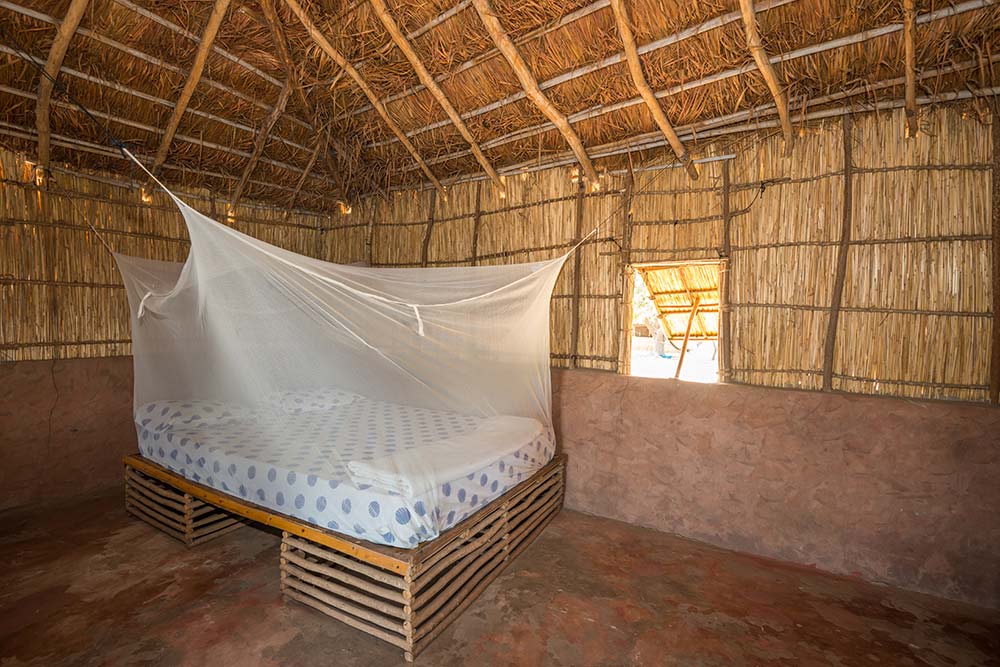
CURRENT MALARIA CONTROL METHODS
When used in combination, the current safe, effective, and proven control interventions have shown that the impact of malaria can be reduced.
- Mosquito Nets
- Anti-malarial Drugs
- Insecticide Spraying

Long-Lasting Insecticide treated bed Nets (LLINs), prevent malaria by creating a protective barrier against mosquitoes at night, when transmission typically occurs.

Providing a full course of anti-malarial drugs (Artemisinin-based combination therapies [ACTs]) can rapidly reduce the incidence and prevalence of the disease.
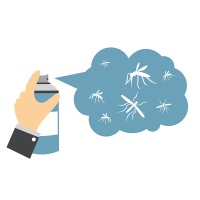
MALARIA CONTROL CHALLENGES
Most of the tools being used to control malaria today were developed in the last century or earlier. Today the cost and long-term sustainability of these tools pose challenges.
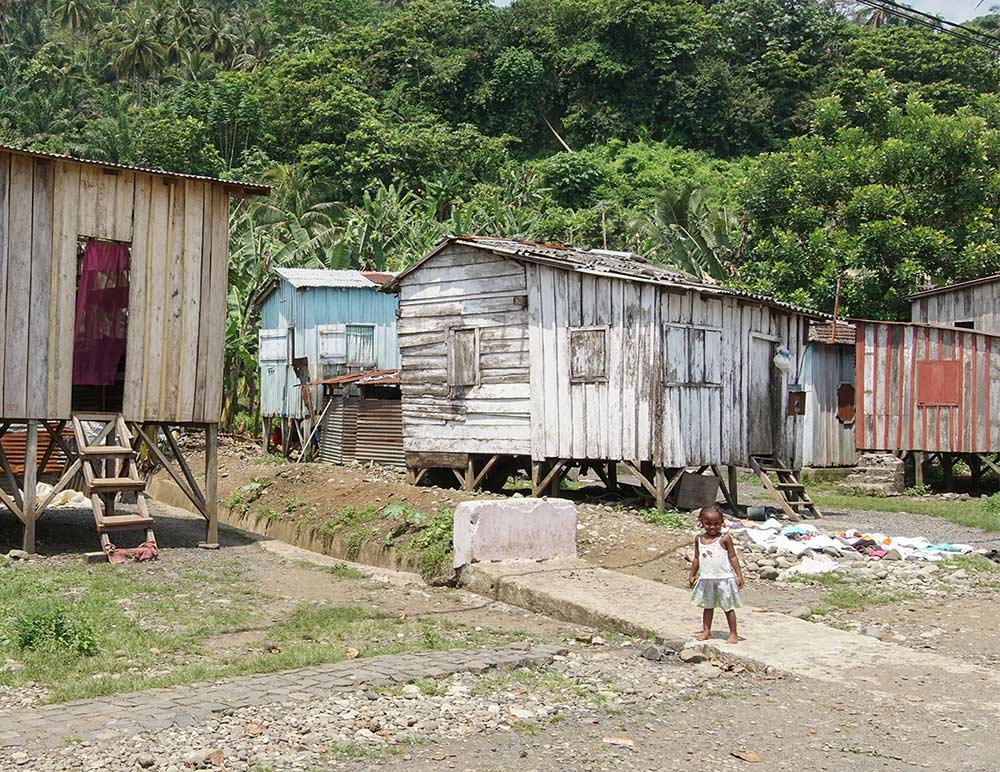
ACCESS TO CARE
Prompt diagnosis and treatment is the most effective way to prevent severe illness and death. Many people in malaria-endemic countries do not have access to health care, funds to pay for care, or understanding of when to seek care. Health systems in these countries often lack tools and resources they need. Improved systems for monitoring, and accurate reporting of malaria data are needed. Access to current malaria control methods (listed above) is also dependent on funding, available resources, education, and availability.
RISING COSTS
In most malaria-endemic African countries, malaria control is funded, in part or entirely, by external sources. The cost of sustaining malaria control and elimination efforts continues to rise without an increase in the global financial commitment.
BIOLOGICAL THREATS
Mosquitoes are developing resistance to insecticides and the parasites are developing resistance to drugs. This means the current control methods are not always as effective as they once were.
